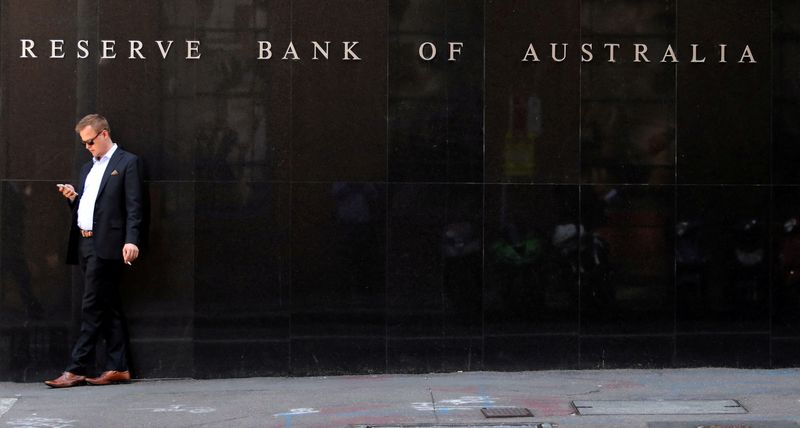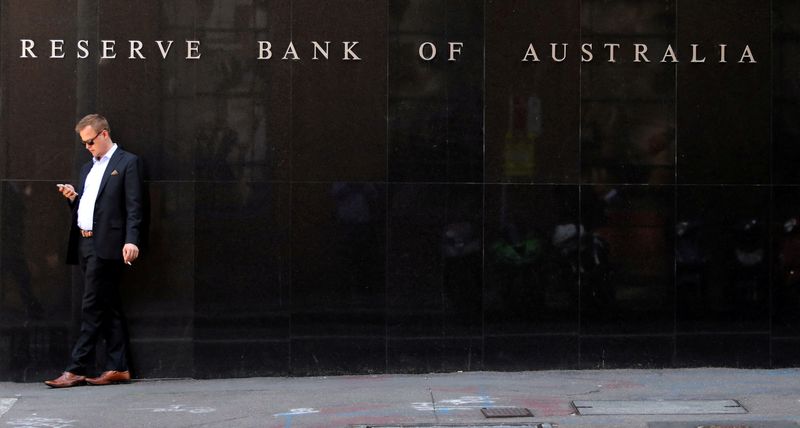
SYDNEY (Reuters) – Australia’s central bank said on Wednesday that the labour market remained tight but was moving towards balance as high interest rates work to slow demand in what should be a mild downturn.
In a speech in Sydney, Reserve Bank of Australia (RBA) Assistant Governor Sarah Hunter said conditions in the labour market remained tighter than estimates for full employment, with strength in hours worked, underemployment and participation somewhat surprising.
Yet the labour market has been easing with unemployment rising to 4.2% in July and away from last year’s trough of 3.5%. The RBA expects this process to continue gradually as population growth outstrips employment gains and firms cut back on hours worked.
“Overall, our current assessment is that the recent easing in labour market conditions has, to date, been similar to mild downturns in Australian history,” said Hunter, who heads the central bank’s economics unit.
“It is also possible that our assessment is wrong in the other direction. Conditions may be tighter than we expect, or demand for labour could grow more strongly than we anticipate.”
The RBA has raised interest rates by 425 basis points to a 12-year high of 4.35% to tame inflation, but the labour market has stayed surprisingly resilient with the economy churning out new jobs at a brisk pace.
That is one reason policymakers have repeatedly said a rate cut this year was not on the cards. Markets, however, are still wagering a 84% probability that the RBA will cut in December, as other major central banks ease policy.
Hunter said the continued climb in Australia’s participation rate to record highs had been surprising, and unlike the trend seen in most peer economies.
This was due in part to a long run trend towards greater female participation and a steady increase in the share of employed people with multiple jobs.
Employment growth had also been supported by a rebound in migration which increased both the supply and demand for labour.
Hunter noted there were signs that the easing in the labour market had started to flow through to wage growth, which was likely past its peak and set to slow further.


